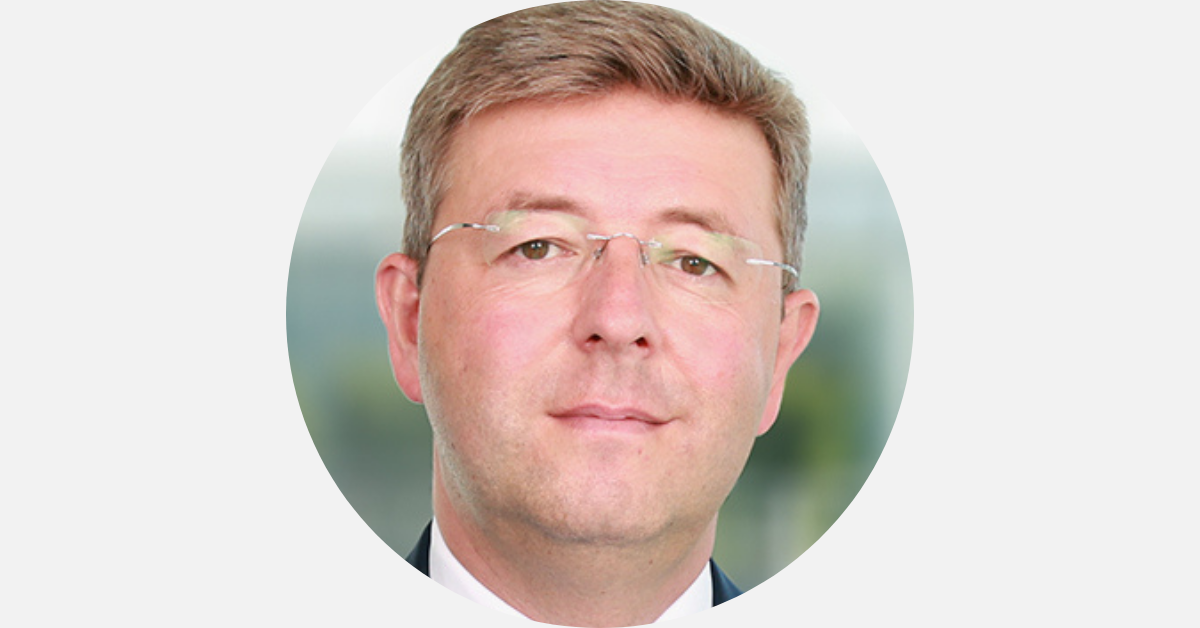The industry has come a long way with ESG integration in the past 15 years, but there is a need to move beyond setting targets and start measuring real ESG outcomes, according to Tycho Sneyers, managing partner of LGT Capital Partners and board member of the UN Principles for Responsible Investment (PRI).
Sneyers has spearheaded LGT Capital Partners’ ESG efforts since 2002. He has chaired its ESG committee since its inception and has steered the firm’s efforts in embedding ESG principles in the investment processes for its various asset classes.
Answering ESG Clarity’s questions, Sneyers outlines how industry bodies can help with this transition, ways to overcome challenges, such as prioritising what ESG factors to focus on, as well as highlighting the biggest focus for ESG next year and beyond.
What are the biggest changes you’ve seen in this space since spearheading LGT CP’s ESG efforts in 2002?
The biggest developments seen in this space have been the standardisation and mainstreaming of ESG integration. When ESG integration started to be addressed in the financial industry, few standards existed, there was hardly any data available and comparability was very difficult to achieve.
Against this backdrop, it made sense to start developing policies and processes to standardise ESG integration into investment processes. However, ESG policies and processes are no longer enough, the focus is clearly shifting towards a stronger outcome orientation of the ESG activities of a business and of an investor.
In a way this step-change is moving the bar from ESG intentions and policies to measuring real-world ESG outcomes and deliverables.
What are the biggest challenges facing those incorporating ESG into their portfolios?
Investors looking to build up portfolios that reflect the latest thinking on ESG must consider a wide array of factors. Environmental issues range from well-publicised topics such as climate change and pollution to more niche issues such as biodiversity.
Similarly, for social and governance factors, the breadth of potential topics – from human rights and workforce diversity to board independence and accounting practices – can be a challenge.
Investors cannot address all possible topics with equal effort, as they simply would not have the resources to do so. They need to assign priorities, based on what they believe will have the most material impact over the long term, in terms of value enhancing potential and risk mitigation effect.
What role do industry bodies have in transitioning the investment sector towards a more sustainable future?
Industry bodies provide valuable guidance on what the real issues are that we as investors should address, what the priorities are and how do we go about implementing them and measure progress. They can showcase best practices.
Another important role pertains to the new sustainable regulations coming at us like the ambitious EU Green Deal. Industry bodies can play an important role in providing feedback on draft regulation from a practitioner’s perspective. They can make credible assessments on which parts of the planned regulation make sense and will truly contribute to the sustainability agenda, and which proposals will mainly cause additional administrative work, but without really making a significant positive contribution.
What will be the biggest focus in the ESG space next year and beyond?
Some investors have already started translating the SDGs into their own investment frameworks, while others have started making SDG-targeted investments. So I do see SDGs gaining even more traction next year and beyond.
In addition, there is a strong call for action in relation to The Paris Agreement, which has the long-term goal of keeping the increase in global average temperature to well below 2°C above pre-industrial levels. The investment sector can take the research insights gained from experts around the world in working towards the goals of the Paris Agreement and utilise these insights to construct a portfolio approach that ultimately benefits those goals. In the future, I expect this topic to continue to be a big focus within the ESG space.
Last but not least, the implementation of the EU Action Plan will be high on the agenda of investors in the years to come. The three main goals of the EU Action Plan are to reorient capital flows towards a more sustainable economy, the mainstreaming of sustainability in risk management and to foster transparency and long-termism. The long-term focus and ultimate goal is that ESG and sustainability are completely mainstream and fully integrated in the day-to-day operations of any business, all the financial accounts and therefore in the investment focus of any investor.








